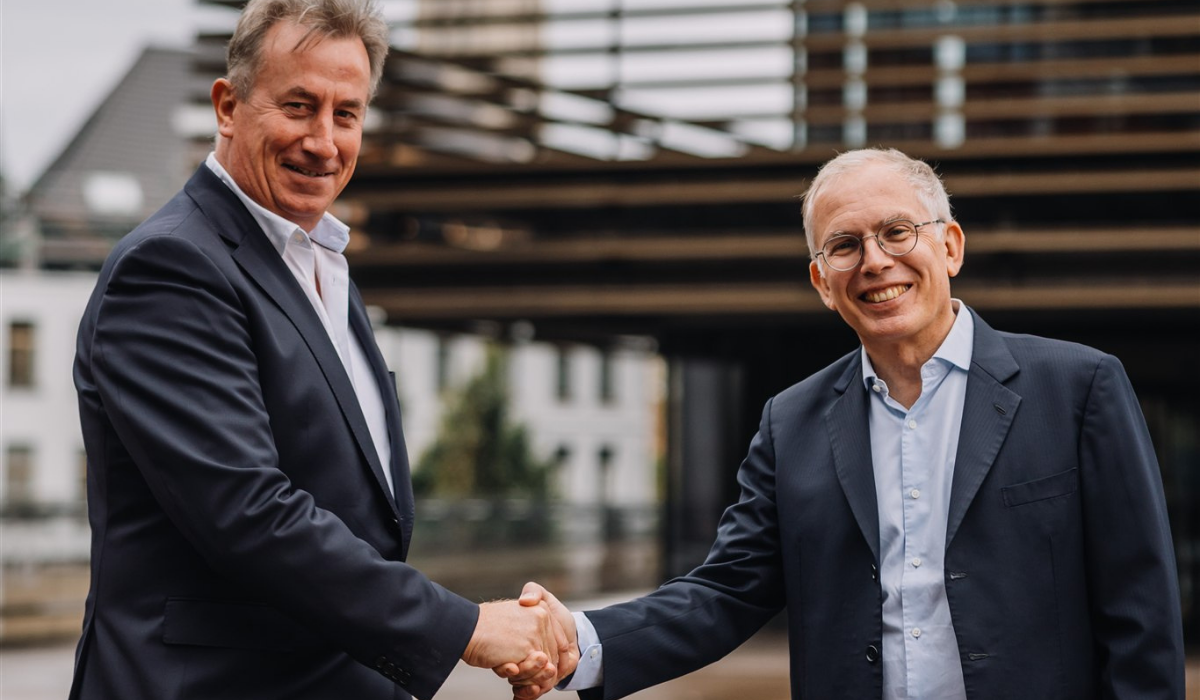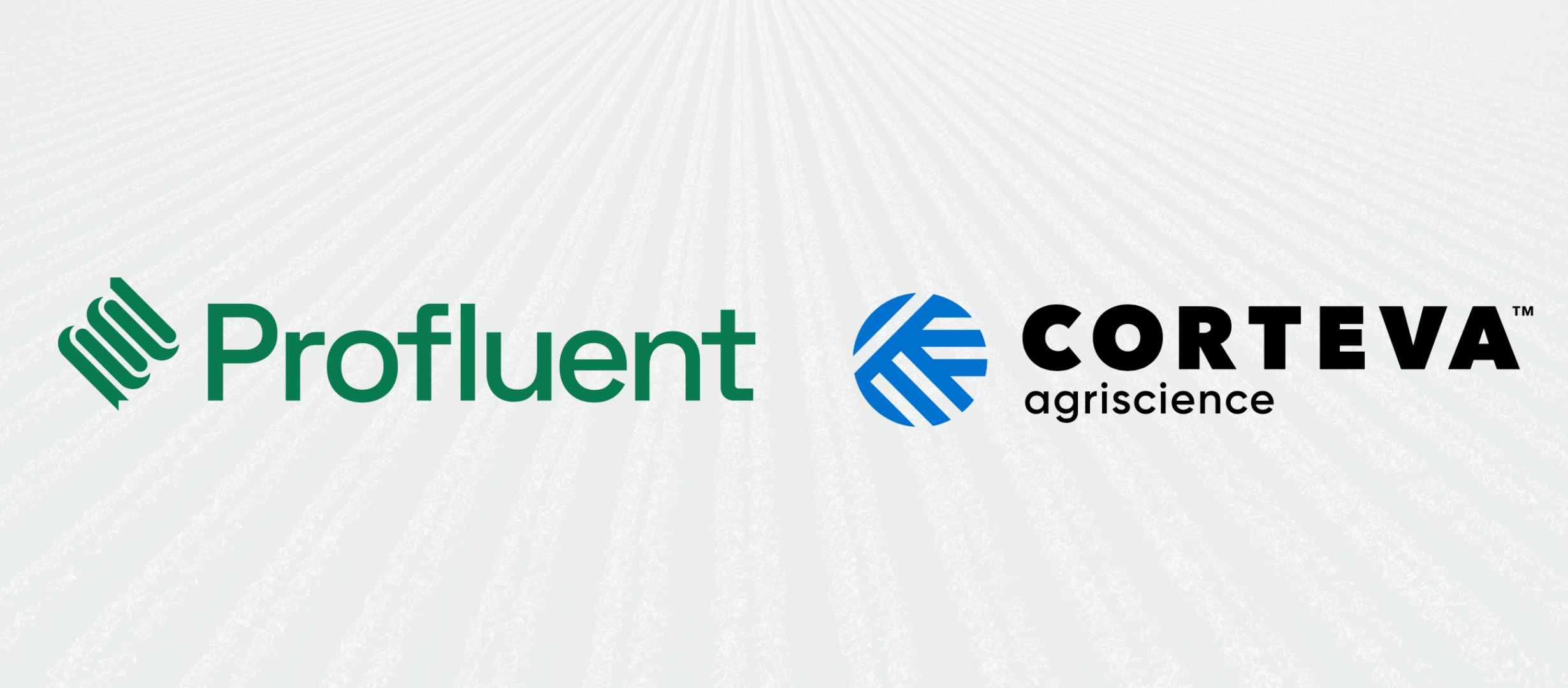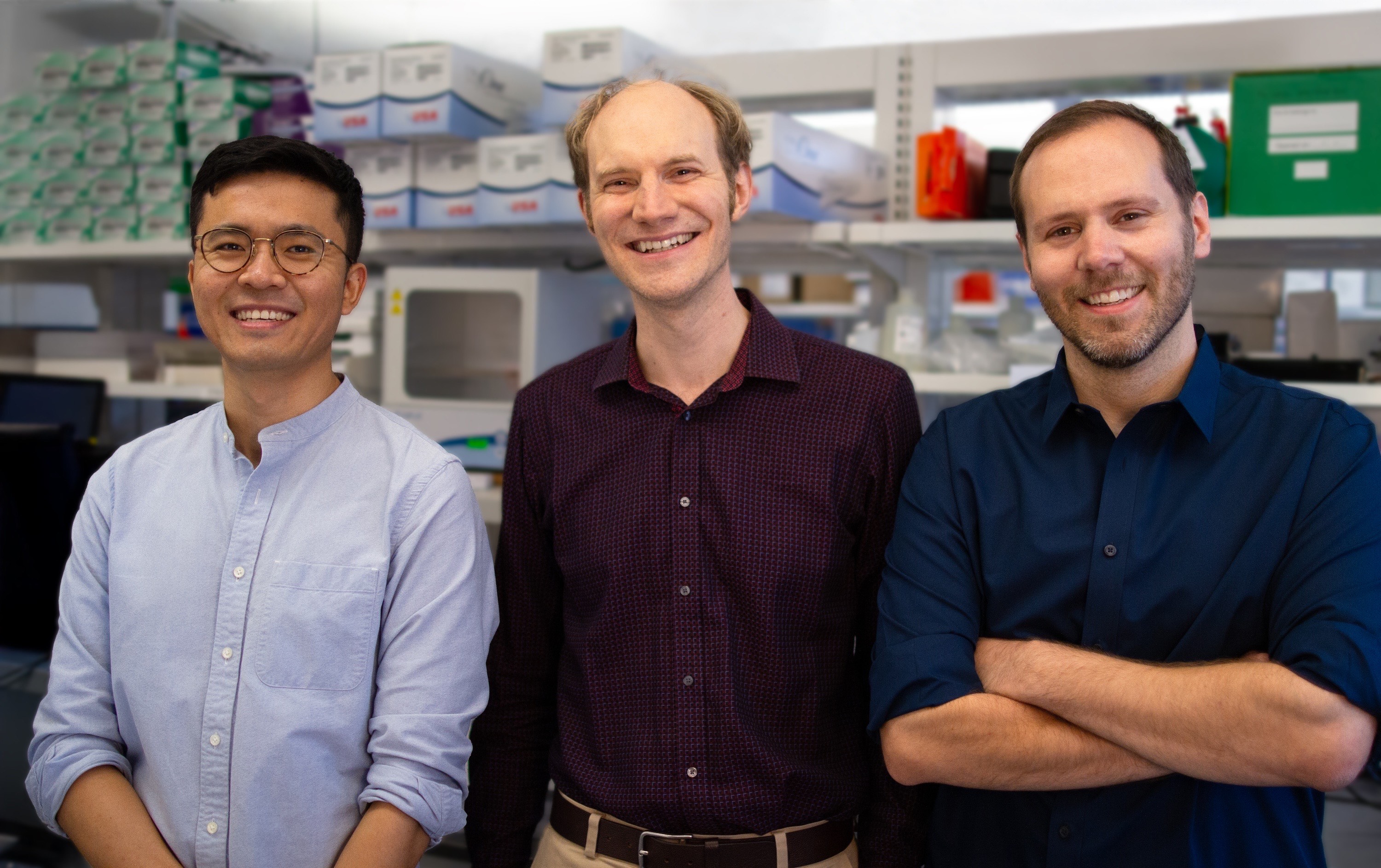Two Perspectives on Reimagining Life: a SynBioBeta London 2016 Fireside Chat
For patchouli providers, 2010 was a disastrous year. First came those heavy Indonesian rains that decimated their Pogostemon cablin crop, the bushy perennial herb in the mint family that’s the main source of patchouli oil. Then came the volcanoes, earthquakes and tsunami.
For a major flavor and fragrance maker like Firmenich, the patchouli oil shortage that resulted from these catastrophes meant sharp increases in price for an ingredient that’s essential to producing fragrance blends for a myriad of personal and home care products. Not surprisingly, Firmenich executives were delighted when Ena Cratsenburg and her team at Amyris pitched to them the perfect solution: a fermentation-derived version of patchouli that they could reliably synthesize from sugar feedstock in whatever quantities they wished. Just over a year ago, Firmenich came out with “Clearwood,” a “soft, clean version of patchouli without the earthy, leathery and rubbery notes found in the natural oil.”No one can say exactly how much of the $30 billion global market in flavors and fragrances ultimately will be seized by a growing list of biotech firms, such as Amyris, Ginkgo Bioworks, Isobionics, Evolva and Intrexon, but it could be huge. The flavors and fragrances market is just one of many industries harnessing the power of synthetic biology to engineer yeast to create biosynthesized versions of other natural ingredients.“Making ingredients with microorganisms is only scratching the surface of what synthetic biology can do,” says Cratsenburg, who joined Intrexon as Senior Vice President for Consumer Sector in January. “The possibilities of bio-based solutions are only limited by our imagination.”
A SynBioBeta ‘Fireside Chat’ in London
Cratsenburg is one of two featured speakers leading a much-anticipated “Fireside Chat” focused on “Life Reimagined with Synthetic Biology” at SynBioBeta London 2016, taking place April 6-8. Joining her will be Alexandra Daisy Ginsberg, whom Wired magazine has described as “a postmodern Michelangelo, equal parts designer and researcher.”It was Ginsberg who, at the 2009 iGEM competition, challenged the audience with a vision of a synbio engineered probiotic yogurt that would colonize the gut, testing for ailments and delivering diagnosis via different colors of excrement. This provocation was the result of a summer working experimentally with another designer and the iGEM-winning University of Cambridge team, as the students engineered E. chromi, a spectrum of color-producing bacteria. The yogurt “design fiction,” demoed in an exquisitely-designed briefcase containing multi-hued replica “poop,” was the start of a discussion with synthetic biologists about the implications of designing consumer bio, asking what “good design” could mean in this new design space.One can only wonder where this conversation at SynBioBeta will go, given the speakers’ widely divergent backgrounds and perspectives. Majoring in chemical engineering as an undergraduate and focusing on strategy and marketing in her MBA studies at Northwestern’s Kellogg School of Management, Cratsenburg has spent most of her career commercializing emerging technologies. Ginsberg, on the other hand, studied architecture and design at the University of Cambridge, Harvard and the Royal College of Art. Researching synthetic biology since 2008, including on the NSF/EPSRC-funded Synthetic Aesthetics, she is back at the Royal College of Art, completing her doctorate, “The Dream of Better.” Ginsberg is looking at “our dream of the better future and the role that this vision plays in shaping technology, design and our lives, for better or worse.”
Faith in the Future
“We place so much hope in future technology that even if things feel like they’re getting worse, we likely still believe that technology will save us,” she says. “I’m curious about this belief and how we assume that design ‘makes things better.’ For both technology and design, it is up to us to choose how we use them to make things better, and to consider what we each assume by the idea of better. Designs are value-laden, turning desires into realities. "Imagining an engineered probiotic that could detect diseases in your gut and deliver your results as a home diagnostic opens up a raft of new questions: from the future reliability of engineered systems living inside us, to cultural acceptability of the technology, to the implications for healthcare, as it shifts from medical laboratory to supermarket shelf.”Cratsenburg and Ginsberg agree that consumer products designed with synthetic biology could help make for a different kind of future.“In ten years, we’ll see new products that don’t exist today and many will be as transformative as the iPhone,” says Cratsenburg. “We’ll see a shift from ‘market-centric’ to ‘consumer-centric’ solutions that cross industries and create markets that currently don’t exist. The tools of synthetic biology give us the license to break away from current market constraints and product paradigms.”Ginsberg describes her approach as “using design to ask questions rather than solve problems.” “I want to ask: what do we imagine we could make, and how and why would we make it?” she says. “Synthetic biology is often promoted as a sustainable, disruptive technology, but would there really be a paradigm shift through large-scale design of living organisms? What does a truly sustainable or disruptive synthetic biology look like? How do we get there, rather than perpetuate the same production systems that design today is complicit in? If we are proposing the design of life, we have to ask what kind of life do we want to design? Good innovation and good design can enable society and serve the common good. Tackling these big questions from many perspectives could help us all design better.”Don’t miss these two remarkable innovators at SynBioBeta London 2016 on Wednesday, April 6.Fireside Chat: Life Reimagined with Synthetic Biology will run from 4:20 to 4:50 p.m.




.svg)









.jpg)

.gif)